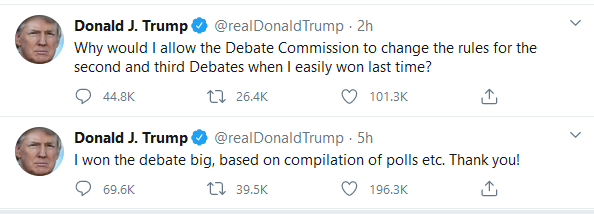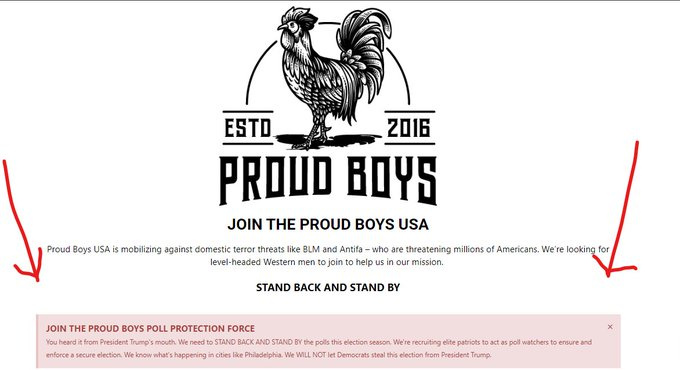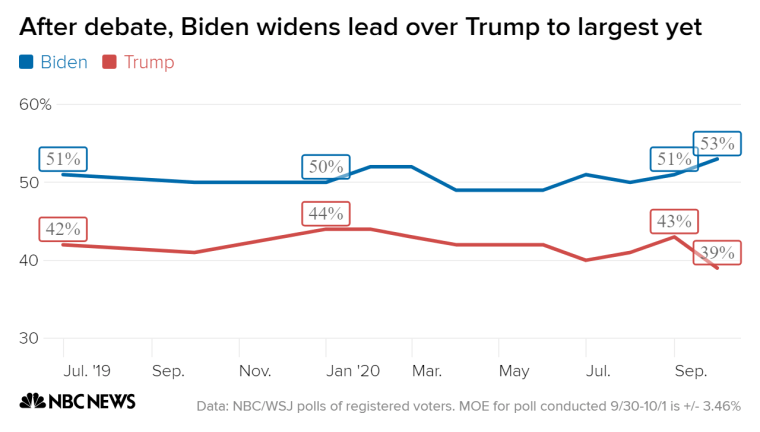The Republicans have made a strong effort to get their voters to get registered. Here’s how many new voters in these battleground states.
As deadlines approach, new data from the past few months shows Republicans have swamped Democrats in adding new voters to the rolls, a dramatic GOP improvement over 2016, even if new registrations have lagged 2016 rates across the board. It’s a sign that in a pandemic, Democrats are struggling to seize traditional opportunities to pad their margins, such as the return of students to college campuses.
Of the six states Trump won by less than 5 points in 2016, four — Arizona, Florida, North Carolina and Pennsylvania — permit voters to register by party. In all four states, voter registration trends are more robust for the GOP than four years ago.
In Florida, Republicans added a net 195,652 registered voters between this March’s presidential primary and the end of August, while Democrats added 98,362 and other voters increased 69,848. During the same period in 2016, Republicans added a net 182,983 registrants, Democrats 163,571 and others 71,982. In 2016, Trump prevailed in Florida by just 112,911 votes.
Even in heavily blue Miami-Dade County, where Hillary Clinton beat Trump by 29 points in 2016, Republicans added a net 22,986 additional voter registrations between March and the end of August, compared to 11,142 for Democrats.
In Pennsylvania, Republicans added a net 135,619 voters between this June’s primary and the final week of September, while Democrats added 57,985 and other voters increased 49,995. Between the April 2016 primary and the November 2016 general election, Republicans added 175,016 registrants, Democrats added 155,269 and others 118,989. That fall, Trump won the state by just 44,292 votes.
The pro-GOP trend since 2016 is also apparent, if less dramatic, in Arizona and North Carolina, two Sun Belt states Democrats have high hopes of flipping blue.
In North Carolina, Republicans added a net 83,785 voters between this March’s presidential primary and the final week of September, while Democrats added 38,137 and other voters jumped 100,256. During the same period in 2016, Republicans added 54,157 registrants, Democrats added 38,931 and others 140,868. In 2016, Trump carried North Carolina by 173,315 votes.
In Arizona, Democrats out-registered Republicans 31,139 to 29,667 on a net basis between the March presidential primary and the August state primary, compared to Democrats topping Republicans 66,523 to 53,185 over the same period in 2016. This data doesn’t include new registrations from late August or September, and Arizona’s registration deadline is Oct. 5.
To be sure, it can be hazardous to draw broad conclusions from voter registration statistics. For example, the youngest voters both overwhelmingly dislike Trump and increasingly choose not to affiliate with either major party.





 totally normal
totally normal